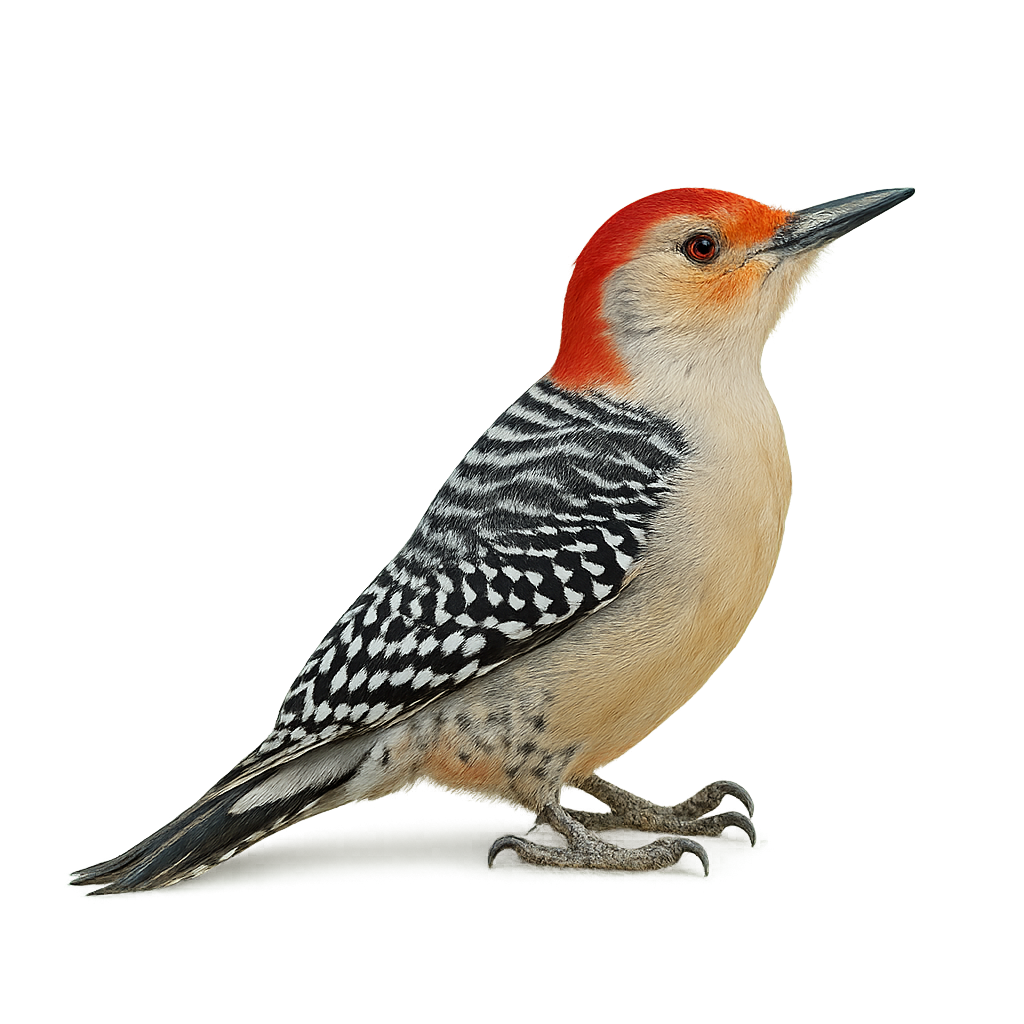Your wildlife photography guide.
Explore the red-bellied woodpecker in detail, study its behavior, prepare your shots.
Where to observe and photograph the red-bellied woodpecker in the wild
Learn where and when to spot the red-bellied woodpecker in the wild, how to identify the species based on distinctive features, and what natural environments it inhabits. The WildlifePhotographer app offers tailored photography tips that reflect the red-bellied woodpecker’s behavior, helping you capture better wildlife images. Explore the full species profile for key information including description, habitat, active periods, and approach techniques.
Red-bellied Woodpecker
Scientific name: Melanerpes carolinus

IUCN Status: Least Concern
Family: PICIDAE
Group: Birds
Sensitivity to human approach: Suspicious
Minimum approach distance: 10 m
Courtship display: April to June
Incubation: 12-14 jours
Hatchings: April to July
Habitat:
Deciduous forests, wooded areas, urban parks
Activity period :
Primarily active during the day, with peak activity in the morning and late afternoon.
Identification and description:
The Red-bellied Woodpecker is a medium-sized bird, easily recognizable by its distinctive plumage. Its head is adorned with a bright red cap, while its back features a black and white barred pattern. Despite its name, the red belly is often hard to spot. It primarily inhabits deciduous forests and wooded areas in North America, feeding on insects, fruits, and seeds. Its distinctive call and drumming on trees are typical sound characteristics. This woodpecker is a sedentary bird, although it may move slightly depending on food availability.
Recommended lens:
400mm – adjust based on distance, desired framing (portrait or habitat), and approach conditions.
Photography tips:
To photograph the Red-bellied Woodpecker, it's advisable to use a 400mm lens or longer to capture precise details without disturbing the bird. Look for wooded areas where it is active, especially in the morning when the light is soft. Be patient and discreet, as this bird can be suspicious. Listen for its distinctive drumming to locate its position. Use a tripod to stabilize your camera and adjust your settings to capture the contrast of its plumage.
The WildlifePhotographer App is coming soon!
Be the first to explore the best nature spots, track rutting seasons, log your observations, and observe more wildlife.
Already 1 439 wildlife lovers subscribed worldwide

